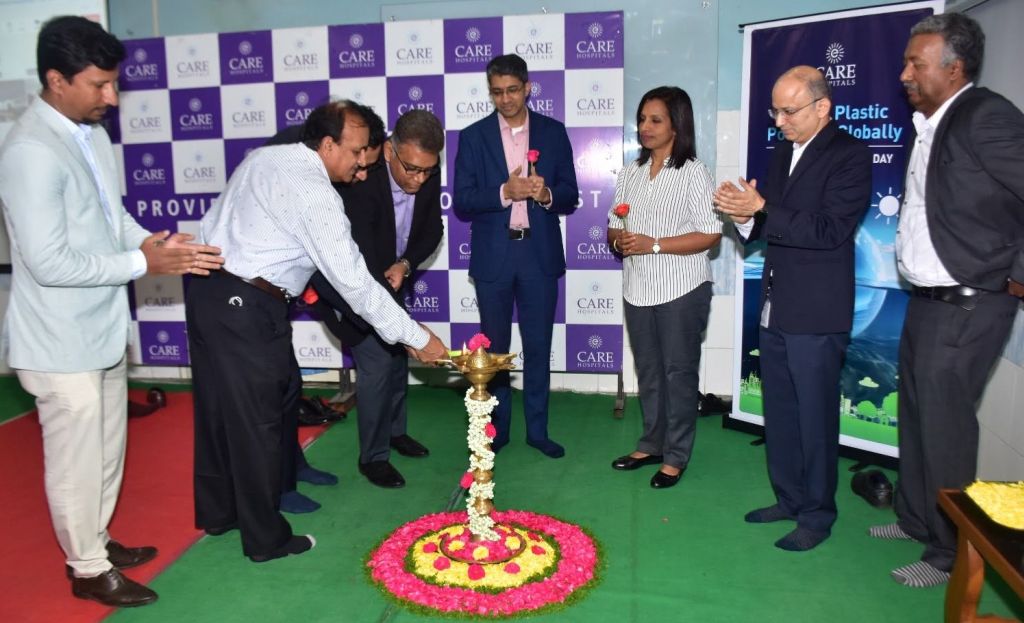A group of 32 scientists from 10 countries observed a small object directly interacting with a pair of black holes
A new study by a group of 32 scientists from 10 countries (Finland, Poland, India, China, USA, Czech Republic, Japan, Germany, Spain, Italy) spotted a pair of smaller black holes, marking the first sighting of an orbiting black hole. Several international research groups have already confirmed the theory that there are two black holes at the centre of the galaxy OJ 287, located four billion light years away, which was first reported by astronomers from the University of Turku in Finland.
In 2021, NASA's exoplanet-hunting satellite was pointed toward the galaxy OJ 287 to help astronomers confirm a theory initially proposed by researchers at the University of Turku in Finland about two black holes at the galaxy's center.
The Transiting Exoplanet Survey Satellite (TESS) is designed to discover thousands of exoplanets orbiting around the brightest small stars in the sky. TESS is searching for planets ranging from small, rocky worlds to giant planets, reflecting the diversity of planets in our galaxy. It has so far discovered 410 confirmed exoplanets, or “new worlds,” orbiting stars other than the sun.
In 2021, TESS spent several weeks studying another type of system, a galaxy 4 billion light-years away called OJ 287. Researchers found indirect evidence that a supermassive black hole in OJ 287 is orbiting a massive black hole 100 times its size.
To verify the existence of the smaller black hole, TESS monitored the brightness of the primary black hole and its associated jet. Direct observation of a smaller black hole orbiting a larger one is very difficult, but researchers detected its presence from the sudden brightness.
Such an event has never been observed before in OJ287, but Pauli Pyhäjoki, a researcher at the University of Turku in Finland, predicted the event in his doctoral dissertation in 2014. According to his dissertation, the next flare was expected to occur in late 2021, and many satellites and telescopes were focused on the object at the time.
The TESS satellite detected the expected brightening on November 12, 2021, and observations of the 12-hour event were recently published in the Astrophysical Journal Letters.
A small black hole was discovered in an observational study by Shubham Kishore, Alok C. Gupta of Aryabhatta Research Institute of Observational Sciences, an autonomous institute under the Department of Science and Technology, Government of India, and Paul Vita of the College of New Jersey, US.
Source




